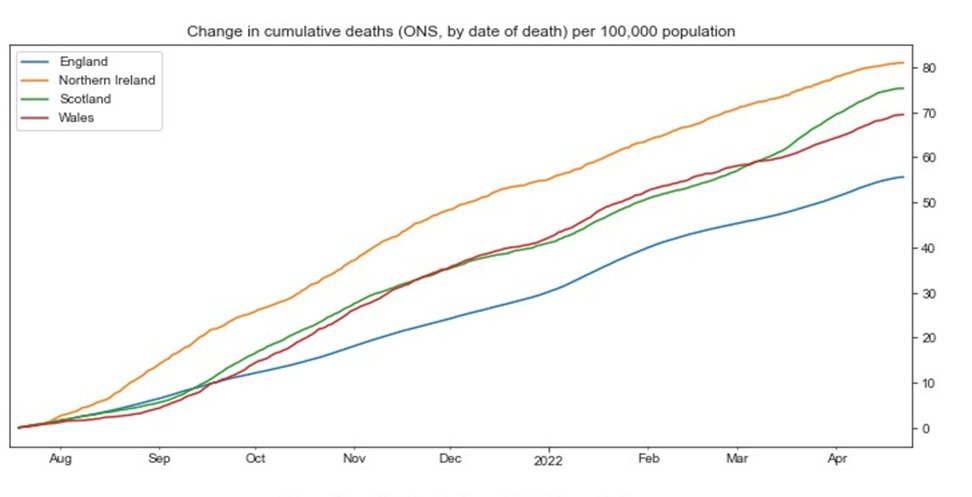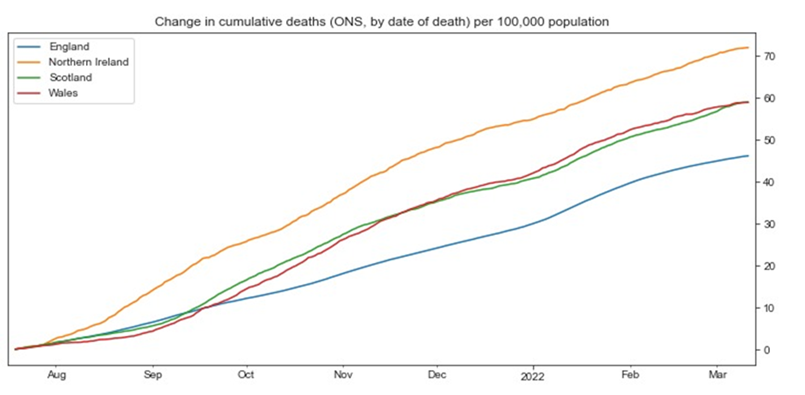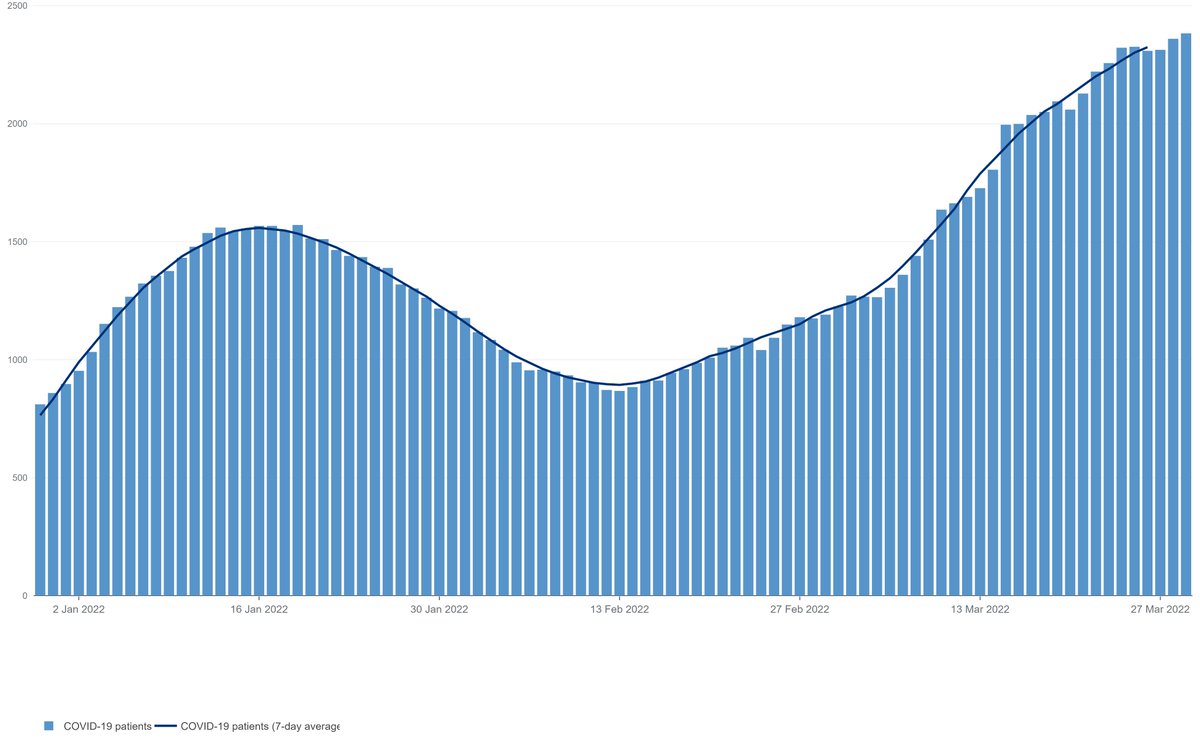This week, I will be posting a series of threads on the risks of a second wave - and of our response to it. I hope this will help us overcome the twin dangers of fear and complacency, prevent a second wave - and a second lockdown. This is no. 3: How deadly/dangerous is COVID-19?
There has been a lot of disagreement about how deadly Covid-19 is – with many people hugely overestimating the risk and others insisting it is no worse than flu. We now have much better evidence with actual data (as opposed to modeling) to answer this question.
Firstly, you need to look at the infection fatality rate (IFR) which is the percentage of those INFECTED who die (not just those who are diagnosed as positive cases - which is a huge underestimate of the actual number infected -eg in the UK, we have recorded roughly 400,000 cases
and 40,000 deaths but the true number of infections is at least 4 million based on antibody testing) - which gives an IFR of about 1% - but it is reducing due to better treatment - and not all infections are picked up by antibody testing, and so it could be as low as 0.5% now.
Most estimates internationally are also between 0.5 to 1.0% – whereas flu is less than 0.1%. Further evidence for this comes from New York, where about 20,000 died and so an IFR of 0.1% would mean that 20 million had been infected but its population is only 8 million.
The IFR also varies hugely by age - in children and adults under 45 it is almost zero (less than flu) whereas in over 65s, it is above 5% (higher than flu) - and by comorbidities (other diseases) especially severe obesity and diabetes.
Also, we now have good evidence from death certificates that Covid-19 was the underlying cause of death in about 50,000 people – it’s not that they died just ‘with Covid-19’ – which tallies with my own experience of the patients I saw in the first wave.
We also need to take into account the illness/disability that COVID causes - not just death. We have a lot more evidence now about the longer-term adverse health effects that occur in 10-15 % of symptomatic cases - including in the young and those with mild symptoms.
So we should neither overestimate the risks of COVID- which leads to unnecessary fear- nor underestimate it, which leads to unjustified complacency. Our response should be proportionate to the actual harms- but equally importantly, also balanced against the harms of the response.
References in these articles:
conservativehome.com/platform/2020/…
conservativehome.com/platform/2020/…
conservativehome.com/platform/2020/…
conservativehome.com/platform/2020/…
• • •
Missing some Tweet in this thread? You can try to
force a refresh


















